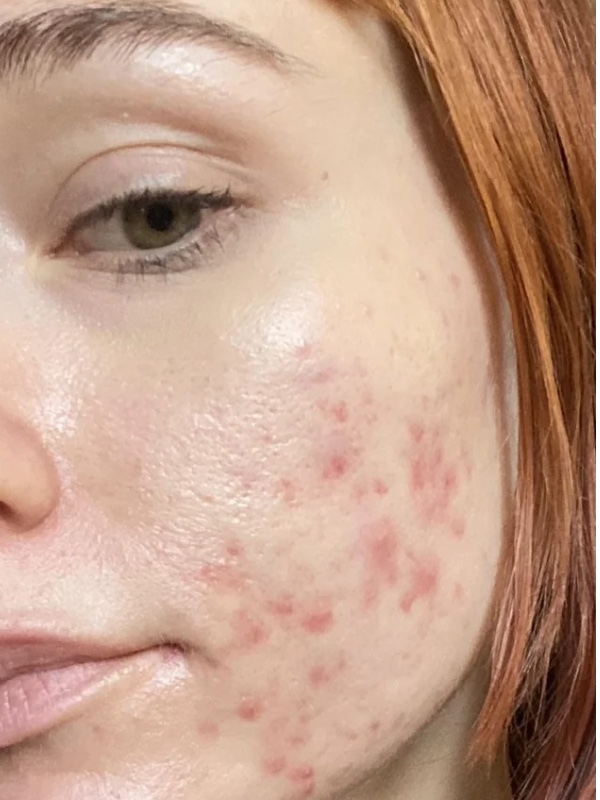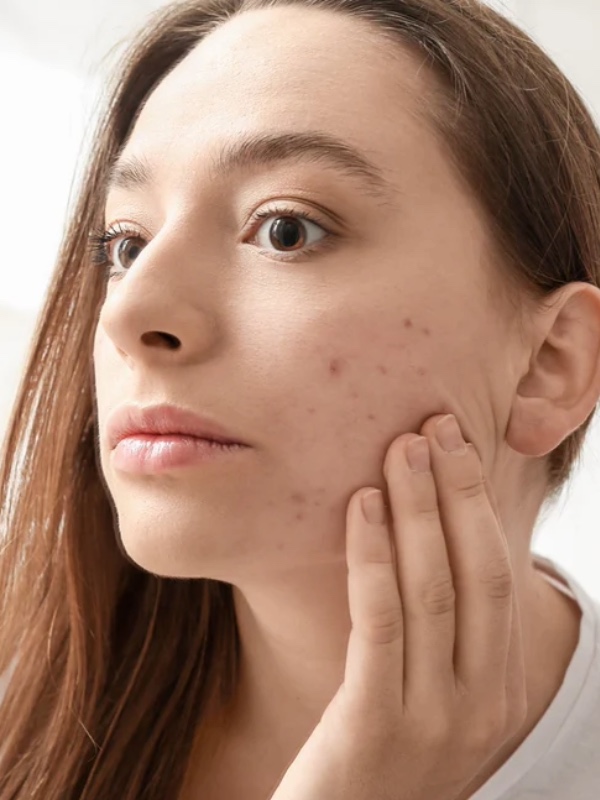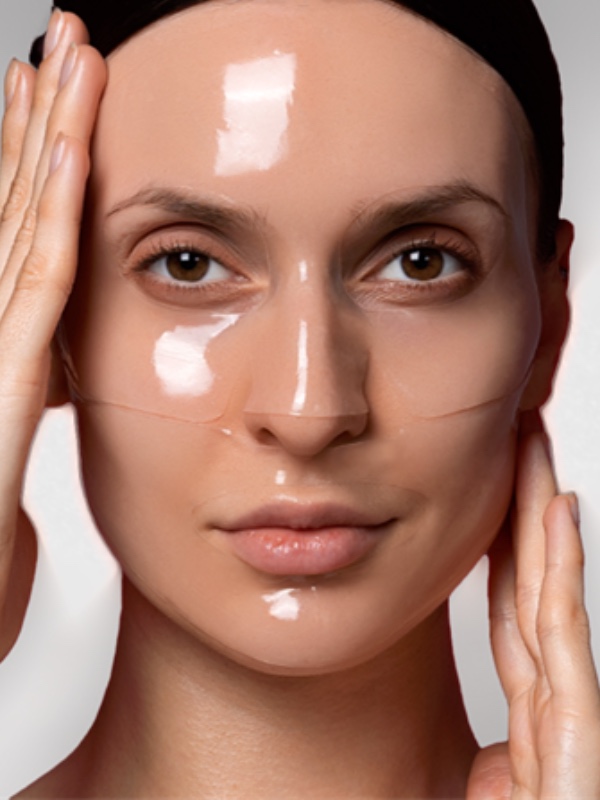Hydradermabrasion: The hidden truth behind the “Instant Glow”
Hydradermabrasion promises deep hydration, an instant glow, and the disappearance of acne and blackheads. After the treatment, your skin may feel soft — almost like baby skin.
But many people ask the same question afterwards:
“Why does my skin feel sore, tight, and sensitive?”
The short answer
Because the treatment isn’t as gentle as it sounds. In fact, hydradermabrasion can strip away your skin’s protective barrier — the very thing that keeps your complexion calm, hydrated, and youthful.
What’s really happening during hydradermabrasion?
Hydradermabrasion combines strong vacuum suction with exfoliating acids, and uses serums like a jet wash. That means your skin undergoes:
- Chemical exfoliation (acids dissolve the outer layer of skin)
- Mechanical exfoliation (the suction physically abrades the surface)
- Immediate product infusion like a jet wash (serums applied while the barrier is still compromised)
Individually, these steps can be safe in moderation. But together — and especially when performed too frequently or too aggressively — they can overwhelm the skin, removing far more than just dead cells.
The result? A temporarily shiny glow that actually masks an inflamed, dehydrated barrier.
The hidden damage
At Skinportant Clinic, we’ve seen an increasing number of clients who arrive with the same pattern:
- Skin that looks glossy but feels sore and tight
- Persistent redness and inflammation
- The acne didn’t go away — in fact, it got worse
- Breakouts and congestion that weren’t there before
These are classic signs of a weakened skin barrier — the skin’s natural shield against irritation, water loss, and bacteria. Once compromised, it can take weeks to repair, and in some cases, the skin remains reactive long after the initial glow has faded.
Why “Hydration” isn’t what it seems
Hydradermabrasion is often described as a treatment that pushes moisture deep into the skin — but this isn’t physically possible. The outer layer of your skin (the stratum corneum) is designed to keep water out, not let it in.
If you think about it — what does it actually do? The wet microdermabrasion loosens the stratum corneum, especially if acid is also used. Then the microdermabrasion head grinds away the loosened skin layers.
So imagine a pore full of blackheads — the top gets cut off, but the acne remains in the pore. Only the head has been removed.
What really happens is temporary surface swelling. It looks plump and smooth for a day or two, but as the barrier continues to lose moisture and lipids, the skin becomes dull, dry, and more vulnerable to irritation. Over time, this cycle of exfoliate–strip–soothe–repeat can cause long-term barrier fatigue.
Then comes the serum jet, which supposedly washes out acne and deposits from the pores. That sounds great, right? Even I need a wash like that. If only it were that easy — we would have a machine like that too.
In Fact, Only 15% of the Population Could Benefit from This Treatment
Why?
This treatment is only useful for those who have healthy skin, those who have oily skin, so the acne is looser and can be easily washed out of the pores, and those who have sufficient or excessive skin layers.
They make up only 15% of the population.
The remaining 85%
Unfortunately, this treatment is not good for them.
Why?
- If you have dry skin, removing a lot of skin will make it even drier.
- If you have combination skin, it will dry out even more in the dry areas and become oilier in the oily areas — because when too many skin layers are removed, the skin produces excess oil to combat the dryness.
- If you have sensitive skin, this treatment has a very strong effect, making it even more sensitive. But that’s obvious, isn’t it?
- If you have acne and not oily skin, you belong to this 85%. In this case, the top of the pimple is “cut off” and the rest remains in the pore, because the pimple is too dry to be washed out. And just because the top disappears, don’t call it gone.
That’s why I always ask my guests here:
I understand that you tried Hydradermabrasion because you wanted to get rid of your pimple.
But what if you haven’t had a barrier layer for a long time because you overtreated yourself — which made you more acne-prone and irritated?
In that case, this treatment will definitely not help to get rid of your pimples.
A note for our readers
Read the story of the barrier layer in another one of our blogs.
From there, you will realise that the source of all your skin problems may be its lack.
If you discover this and explain it to me, I will do your facial for free.
What about pigmentation?
Those with hyperpigmented skin are also not lucky with this treatment. By removing many layers, the skin becomes more photosensitive, so sun-damaged areas become more pronounced.
Although, if you don’t go out in the sun for a month, it’s not a problem. But I would rather have the spots removed with IPL technology.
Final thoughts
This is my opinion, based on 18 years of experience and logically considered skin anatomy.
That’s why we didn’t buy Hydrabrazio — because for that 15%, it’s simply not worth it.
However, there is a truth here for those who are professionals and reading this blog. There is a machine on the market — the original Hydrabrazio, designed by thoughtful engineers.
In these machines, you can adjust the strength, depth, and what type of body you are working with.
In this case, the treatment can be safe.



